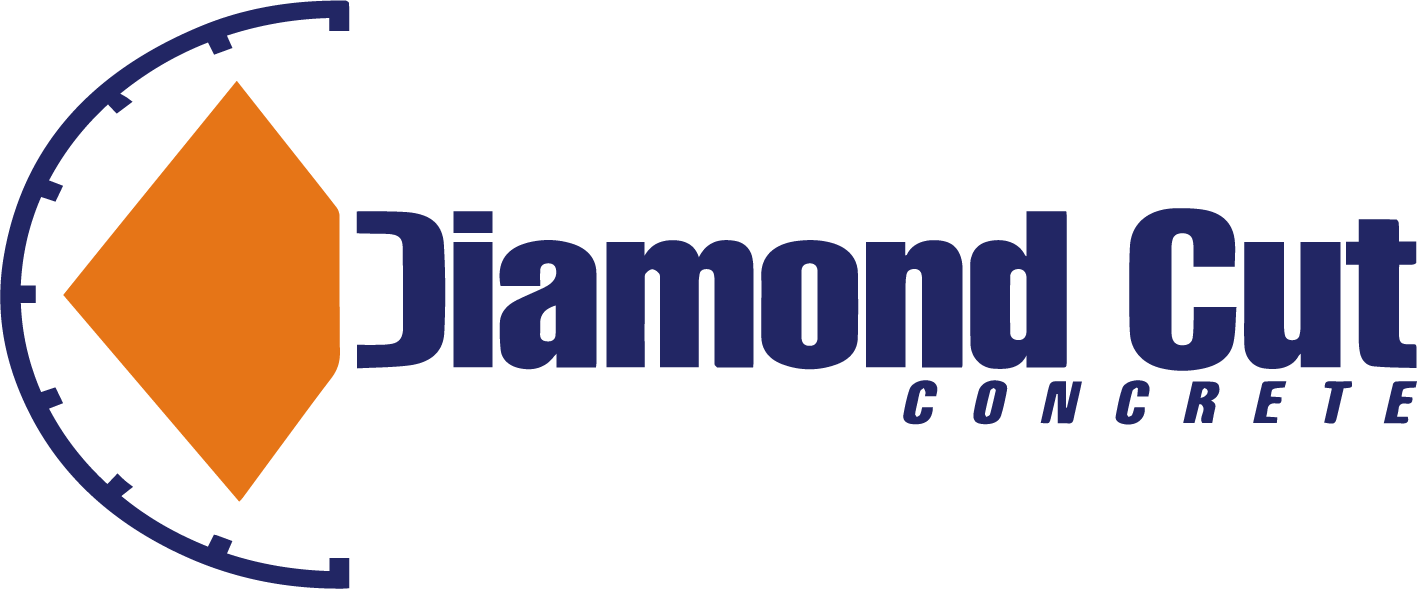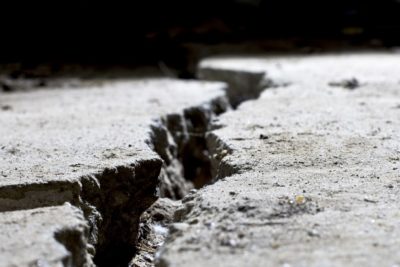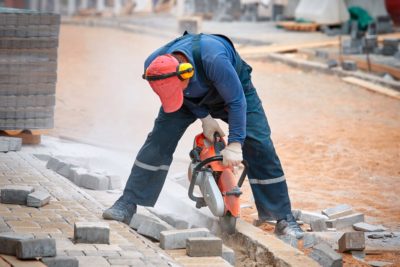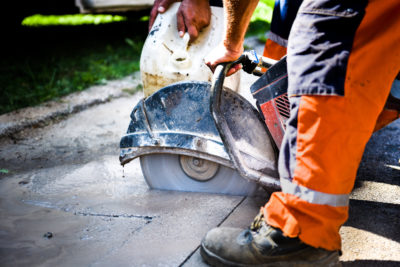Making sure it’s safe before cutting, coring, drilling and sawing concrete slabs is a top priority for anyone who operates in the construction and demolition industry.
Why? Because there is an inherent risk that you might strike critical components such as electrical and communications conduits, post-tension cables, and reinforcing steel, as well as void defections, refrigerant and plumbing piping during the process.
Accidentally damaging any of these critical components can not only blow out project timelines and budgets (as if you needed any more stress with an already thin budget and strict deadline), but also jeopardise safety on-site. This is why concrete imaging and scanning is vital to any renovation or construction project.
It helps identify sub-surface elements and reveals defects including voids, delamination and poor quality areas, as well as mapping out the location of reinforcing steel, post-tension cables, conduits and many other important structural and nonstructural components.
Fortunately, there are 3 effective and non-destructive methods to concrete scanning and imaging. We explore each method below.
1. Ground Penetration Radar (GPR)
You may have already heard about getting a GPR scan. It’s one of the most common and effective methods of identifying what lies within a concrete slab before any work is conducted. It utilises two antennas: transmitter and receiver, and sends electromagnetic pulses with specific frequencies to scan the subsurface of a concrete structure. Any reflected waves is detected using the receiving antenna on the surface, capturing objects and recording individual traces and scans.
This process is repeated until an entire image profile has been created. A report is then produced with real-time data, revealing critical components within the structure.
Why GPR scan?
- It is a quicker, safer and more cost effective option than competing systems or traditional radiographic testing methods and is available with a range of accessories.
- It is the most cost-effective and non-destructive scanning method that helps you learn more about what lies within your concrete.
- Minimises risk by revealing critical components within a concrete structure such as post-tension cables, refrigerant and plumbing piping, conduits and cables, water mains, structural steel, reinforcement bars, measures slab thickness and identifies voids.
Applications for GPR scanning
- The location and depth of post-tension cables, rebar and reinforcing steel
- Mapping out the location and depth of both metallic and non-metallic conduits
- Measure concrete thickness and cover
- Internal condition of the concrete
- Identify safe locations to cut, drill, core or demolish
- Detection of defects, damage or voids within concrete
2. Ultrasonic Tomography
Also known as Ultrasonic Pulse Echo & Multi Impulse Ray Analysis (MIRA), is an acoustic method primarily used for measurement of thickness, detection of flaws and delamination as well as evaluation of the overall integrity of the concrete.
This method relies on the propagation of stress waves through materials. Using a transmitter, pulses are sent into test objects and are reflected back by flaws or interfaces. The emitted impulses and reflected waves are then monitored using a receiving transducer.
This revolutionary approach helps to effectively locate and identify voids within concrete structures such as slabs and walls.
Why use UPE?
- Identify cracks within concrete
- Detection of defects within concrete structures such as voids and honeycombing
- Location of rebars, inclusions and segregation
Applications for UPE scanning
- Measuring concrete thickness up to 3 feet deep with precision
- Location of steel reinforcement and depth
- Detection delamination/cracking in or between PCC layers
- Identifying concrete deterioration, spalling, dowel position at PCC joints
- Detection of flaws within the concrete including defects, poor consolidation
- Discovering material properties including diagnostics of relative PCC strengths and asphalt compaction levels
3. Radiography using X-Ray
While X-ray scanning is an older form of scanning technology, it is still able to effectively provide a clear image of what lies beneath the surface. In some cases, X-rays is generally considered more precise than GPR scanning since there’s less room for interpretation of results, including showing the condition of rebars and areas of corrosion or other defects.
That said, GPR scanning is the #1 choice for concrete scanning for a reason — it’s speed, efficiency, precision and cost-effectiveness. X-ray imaging requires access to both sides of the concrete service making it difficult to use in many circumstances, on top of emitting harmful radiation to operators and surroundings.
It’s a far slower process and usually needs to be done after hours and images produced will need to be developed off-site, as opposed to instantaneous results GPR scans can produce.
Why use X-ray scanning?
- Provides a more accurate and detailed picture of the elements beneath the surface
- Instances with zero tolerance and require absolute precision
Applications for X-ray scanning
- Locate the position of rebars
- Test results can be used to evaluate bar diameter and depth below the surface
- Identify location of voids, cracks and foreign materials
- Identify the presence or absence of grouting in post-tension construction and variations in density of concrete
- Inspect pipeline welded joints
- Structural steel fabrication
- Detection of welding discontinuations
- Determine the extent of corrosion both internally and externally
Get a GPR Scan with Diamond Cut Concrete and get the confidence to move forwards with every project.
Construction professionals involved in the cutting, coring or drilling of concrete structure require a safe and reliable means of inspecting work areas to locate and identify hidden features that could cause damage to machinery or pose a danger to the operator or the structure itself during these activities.
That’s why we use only the best GPR Scanning technology — MALÅ CX Ground Penetrating Radar System. Enjoy peace of mind in knowing you’ll get:
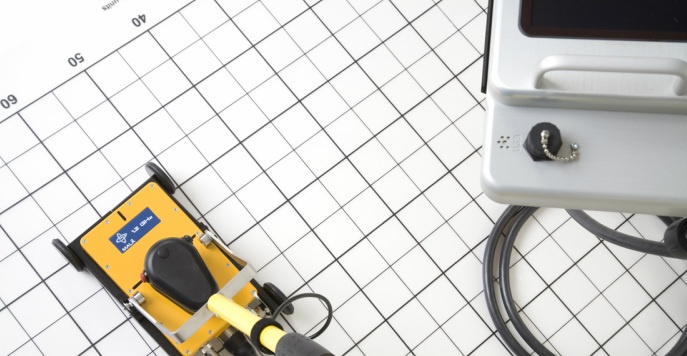
- Improved accuracy. Precisely locate vital components including post tension cables, HVAC ducts, refrigerant pipes, structural steel, and electrical conduits within concrete structures.
- Minimised risk and dangers of accidentally cutting critical structural steel within the concrete.
- Improve the safety of your employees on site, and avoiding project delays and setbacks.
- Increase efficiency by decreasing the amount of time spent drilling and coring.
- Stay within your budget by avoiding costly mistakes.
Our well trained, highly skilled and experienced technicians respond quickly to all service requests, especially when you need a last-minute scan, to provide you with quick and precise results in a timely manner. Contact Diamond Concrete today for a clean cut solution.
We cut straight, we cut safe and we cut on time.
